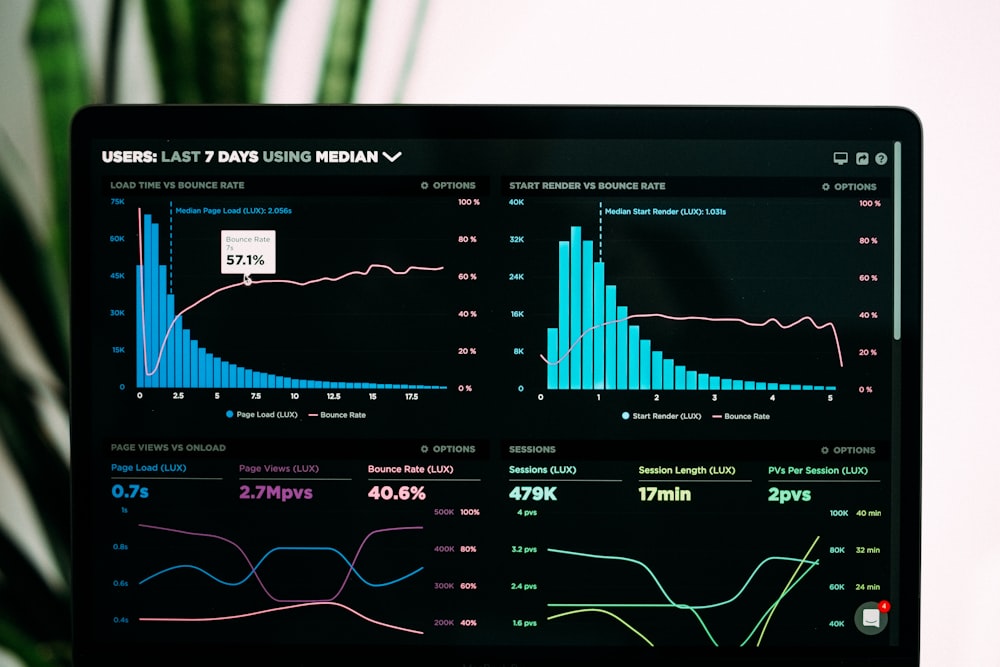In the race for digital transformation, businesses are chasing speed, scalability, and innovation. But there's a crucial fourth dimension now defining industry leadership: sustainability. As enterprise IT footprints grow, so does their environmental impact—making green infrastructure not just a moral responsibility but a strategic differentiator.
The shift is profound. From Fortune 500s to mid-market disruptors, CIOs and CTOs are embedding sustainable IT into their digital roadmaps—not as an afterthought, but as a competitive lever. The result? Lower costs, stronger ESG ratings, and a future-ready tech stack that supports both performance and the planet.
The Evolution of IT Sustainability: From CSR to Core Business Strategy
Traditionally, green IT was synonymous with compliance or corporate social responsibility (CSR). It lived in sustainability reports and was often disconnected from day-to-day technology operations. But that's rapidly changing.
Today, sustainable IT sits at the heart of enterprise strategy. It encompasses the entire lifecycle of IT systems—from sourcing materials and powering data centers to managing workloads and retiring hardware. Companies are now realizing that responsible IT isn't just good ethics—it's good economics.
According to McKinsey, businesses that adopt green infrastructure can reduce IT energy costs by up to 40% while also improving long-term resilience and regulatory readiness. This paradigm shift is redefining how organizations invest in and operate their technology.
Cloud as a Catalyst: Is Public Cloud Truly Greener?
One of the biggest enablers of sustainable IT is the cloud—but only when used intelligently.
It's true that hyperscalers like AWS, Microsoft Azure, and Google Cloud are investing heavily in renewable energy. As of 2023, Google Cloud operates on 90% carbon-free energy, with plans to reach 24/7 carbon-free operations by 2030. However, migrating to the cloud doesn't automatically reduce emissions.
That's where architectural decisions matter. When cloud workloads are poorly configured—overprovisioned, idle, or fragmented—they consume excess compute and increase both cost and carbon output. This has given rise to Green Cloud Architecture, where organizations actively optimize for both performance and sustainability.
Key Practices Include:
- Autoscaling and serverless models to avoid idle resource usage
- Carbon-aware workload placement in lower-impact regions
- Rightsizing compute instances to match real demand
Gartner predicts that by 2027, 75% of enterprises will include carbon emissions as a key factor in cloud purchasing decisions, up from just 10% today. Sustainability is quickly becoming a cloud differentiator.
Circular IT: Rethinking the Lifecycle of Hardware
While the cloud grabs attention, physical IT infrastructure still plays a massive role in shaping an organization's environmental impact. Data center servers, laptops, networking devices—all contribute to global e-waste and energy consumption if not managed responsibly.
This is where Circular IT emerges as a powerful framework. It focuses on reducing resource waste through reuse, refurbishment, and responsible recycling.
Key Practices Include:
- Extending device lifespans through Device-as-a-Service (DaaS) models
- Implementing asset recovery programs to reclaim reusable parts
- Procuring hardware with eco-certifications for recyclability
- Designing IT procurement policies that prioritize energy-efficient, modular devices
Global tech leaders like Dell and HP now offer enterprise-scale circular programs that allow businesses to cut hardware costs and carbon emissions simultaneously—showing that sustainability and profitability can go hand in hand.
Quantifying the Green Advantage: Stats That Speak Volumes
For CIOs and CFOs alike, data-driven justification is essential. And the numbers behind green IT are increasingly compelling.
- 3% of the world's electricity is consumed by data centers—expected to double by 2030 if left unchecked (IEA, 2023)
- Organizations that implement sustainable IT practices report up to 25% lower total cost of ownership over five years (Forrester, 2024)
- By rightsizing cloud resources alone, enterprises can cut carbon emissions from compute-intensive workloads by up to 60% (Microsoft Sustainability Report, 2023)
These aren't soft gains—they're quantifiable advantages that ripple across infrastructure efficiency, brand equity, and investor confidence.
AI and Automation: Enablers of Intelligent Sustainability
Interestingly, AI and automation—often critiqued for their energy demands—are also key to driving sustainable IT. When applied strategically, they optimize resources in ways humans simply can't.
For example:
- AI-powered data center cooling (as used by Google DeepMind) can reduce energy usage by up to 30%
- Carbon forecasting algorithms can reschedule high-intensity workloads to low-emission time windows
- Intelligent orchestration tools like GreenOps dashboards track the environmental cost of every deployment, prompting teams to take action
We're also seeing the rise of sustainability-focused DevOps pipelines, where developers embed carbon awareness into their code reviews, CI/CD practices, and infrastructure-as-code templates. It's a future where sustainability is baked into the software development lifecycle—not bolted on.
Roadmap to Green IT: How to Get Started
While the case for green infrastructure is clear, many organizations are unsure where to begin. Here's a phased roadmap to help IT and sustainability leaders collaborate on measurable progress:
Phase 1: Assess
- Conduct baseline audits of data center energy usage and device lifecycles
- Use tools like Azure Emissions Impact Dashboard or Cloud Carbon Footprint to visualize hotspots
- Benchmark current performance against industry standards and ESG goals
Phase 2: Optimize
- Migrate to carbon-efficient cloud regions
- Implement autoscaling, rightsizing, and idle shutdowns
- Automate lifecycle tracking for hardware assets
Phase 3: Educate
- Train DevOps and infra teams on GreenOps principles
- Include sustainability metrics in performance reviews and OKRs
- Share internal wins to build a green culture
Phase 4: Report & Reinforce
- Integrate green IT into ESG and annual reports
- Communicate transparently with investors, partners, and customers
- Iterate using data-driven insights from AI-powered tools
Sustainability isn't a one-off project—it's a capability to be matured continuously.
Why It Matters Now More Than Ever
In an era where 97% of consumers are willing to switch to sustainable brands (IBM, 2024), green IT becomes more than an operational upgrade—it becomes a market signal. Customers notice. Investors notice. So do your future employees.
By building sustainability into the DNA of IT systems, enterprises can differentiate themselves, attract top talent, and align with the global shift toward net-zero emissions.
The takeaway? Sustainable IT isn't just the right thing to do. It's the smart thing to do.
How InnoveusIT Can Help
At InnoveusIT, we help small and mid-sized enterprises:
- Migrate workloads to low-emission cloud zones
- Implement GreenOps and sustainable DevOps practices
- Transition to circular hardware procurement
- Build dashboards for tracking ESG and IT carbon metrics
Our approach blends cloud-smart thinking with sustainability-first execution—ensuring your IT is optimized for both performance and purpose.
Our sustainability-first approach ensures that your transformation isn't just technically sound — but environmentally and economically strategic.
Let's co-create your green IT roadmap.
From Ideas to Impact—InnoveusIT helps you scale sustainably and lead responsibly.









